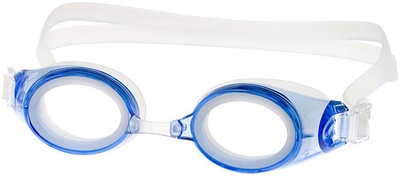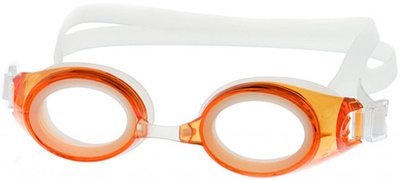What is Freestyle Swimming?
There are well over a dozen different swimming styles, but the most popular and widely used is freestyle swimming. It's the fastest of the four primary strokes, using a combination of alternating arm strokes and leg flutter-kicks to achieve a superior level of speed.
What Is Freestyle Swimming?
Technically, freestyle refers to a style of swimming in which the swimmer has the freedom to choose his or her own stroke (hence the name, freestyle). The International Swimming Federation (FINA) doesn't restrict swimmers to using a particular stroke. This level of freedom is one of the many reasons why so many amateur and seasoned swimmers prefer freestyle over other types of swimming.
The Most Commonly Used Stroke
While freestyle allows swimmers to choose their own stroke, the most commonly used stroke is the front crawl. The front crawl is performed by keeping the face down while making alternating arm movements to create a rolling motion for a more natural recovery. Throughout the duration of front crawl, the swimmer flutter-kicks his or her legs for additional speed.
Olympic Swim Competitors
During freestyle Olympic competitions, nearly every swimmer uses the front crawl. Swimmers begin with both arms stretched forward and their legs stretched to the back. The arm movement of the front crawl is broken down into four separate parts: down-sweep, in-sweep, up-sweep, and recovery. These four parts are essentially what makes a full stroke.
Dates Back to Ancient Egypt
You might be surprised to learn that use of the front crawl dates back thousands of years, all the way to the ancient Egyptians of 2000 BCE. It wasn't until the mid 19 th century, however, when the style edged its way into the U.S.
General Rules of Freestyle Swimming
There are some general rules swimmers must follow when competing in a freestyle swim. For instance, swimmers must touch the wall at every turn, and they must also keep at least some part of their body about water at all times (with the exception of the first 15 meters and when making turns). Competitive swimming organizers added the latter rule to prevent unfair advantages from swimmers staying under-water.
Recovery Tips
One of the most common mistakes new swimmers make in freestyle is not relaxing their arms during recovery. This creates additional drag, which ultimately slows down the swimmers. Keeping the body loose and relaxed is crucial to maintaining speed in freestyle swim.

 Canadian Dollar (CAD)
Canadian Dollar (CAD)
 Euro (EUR)
Euro (EUR)
 British Pound (GBP)
British Pound (GBP)









